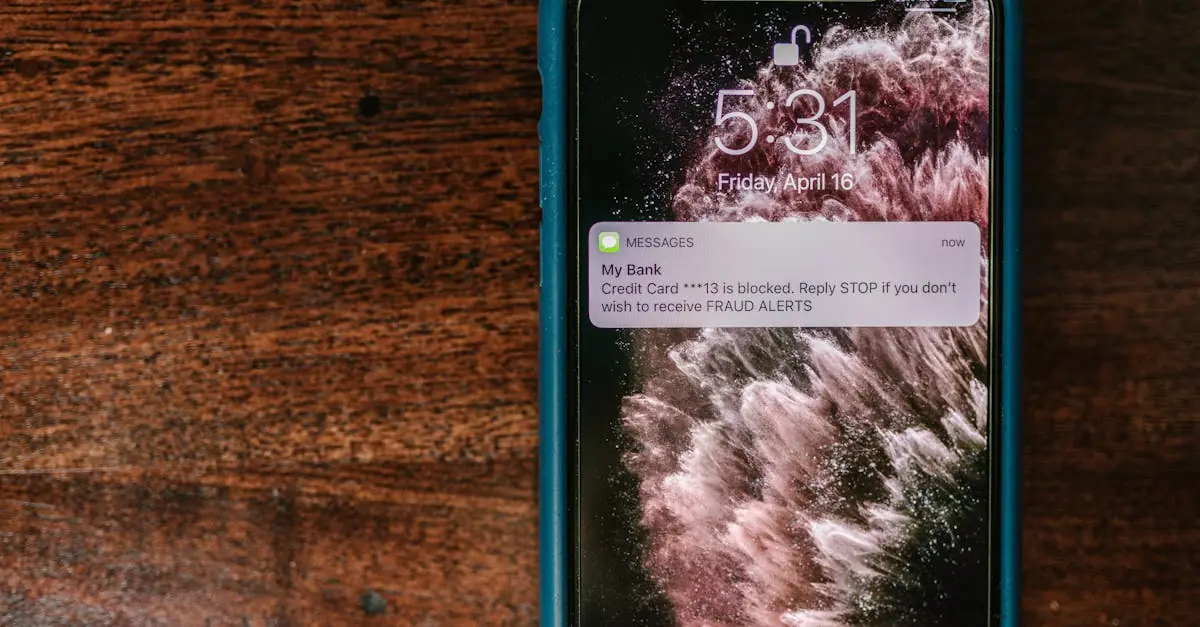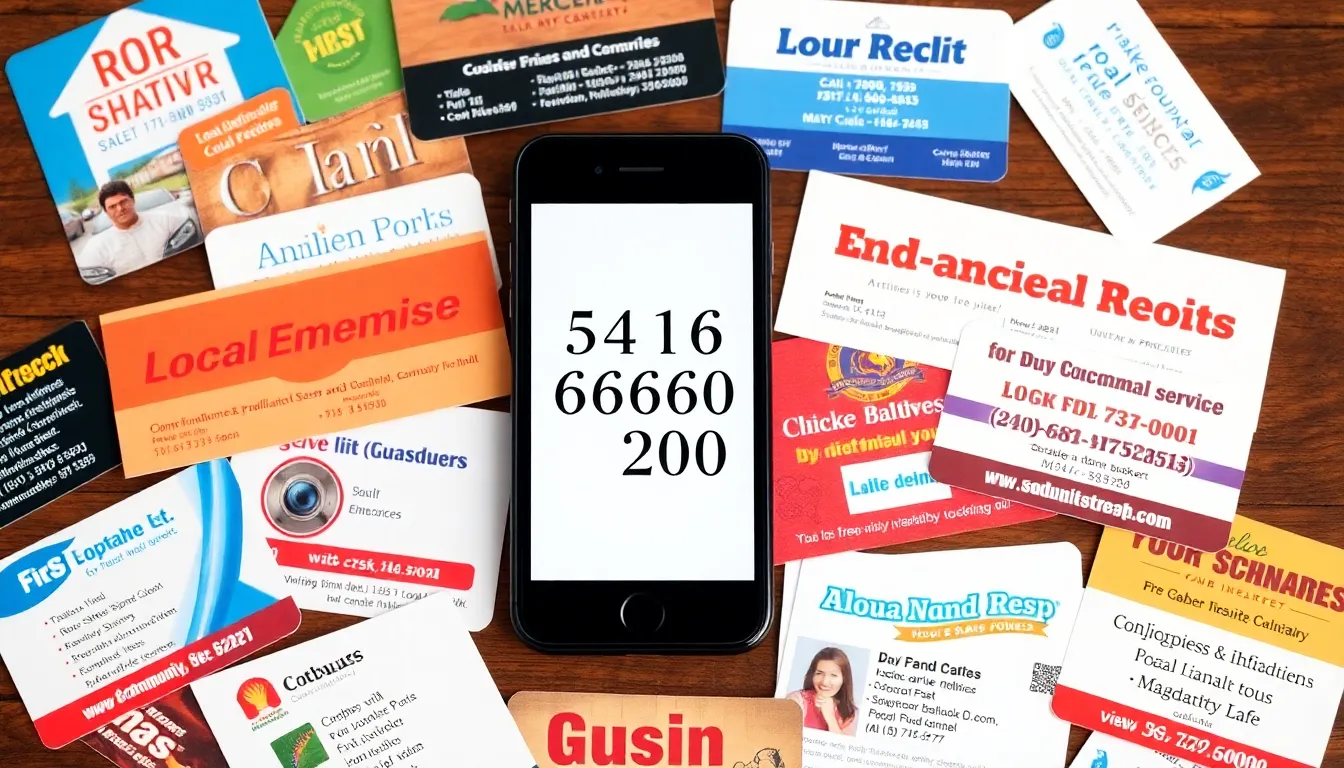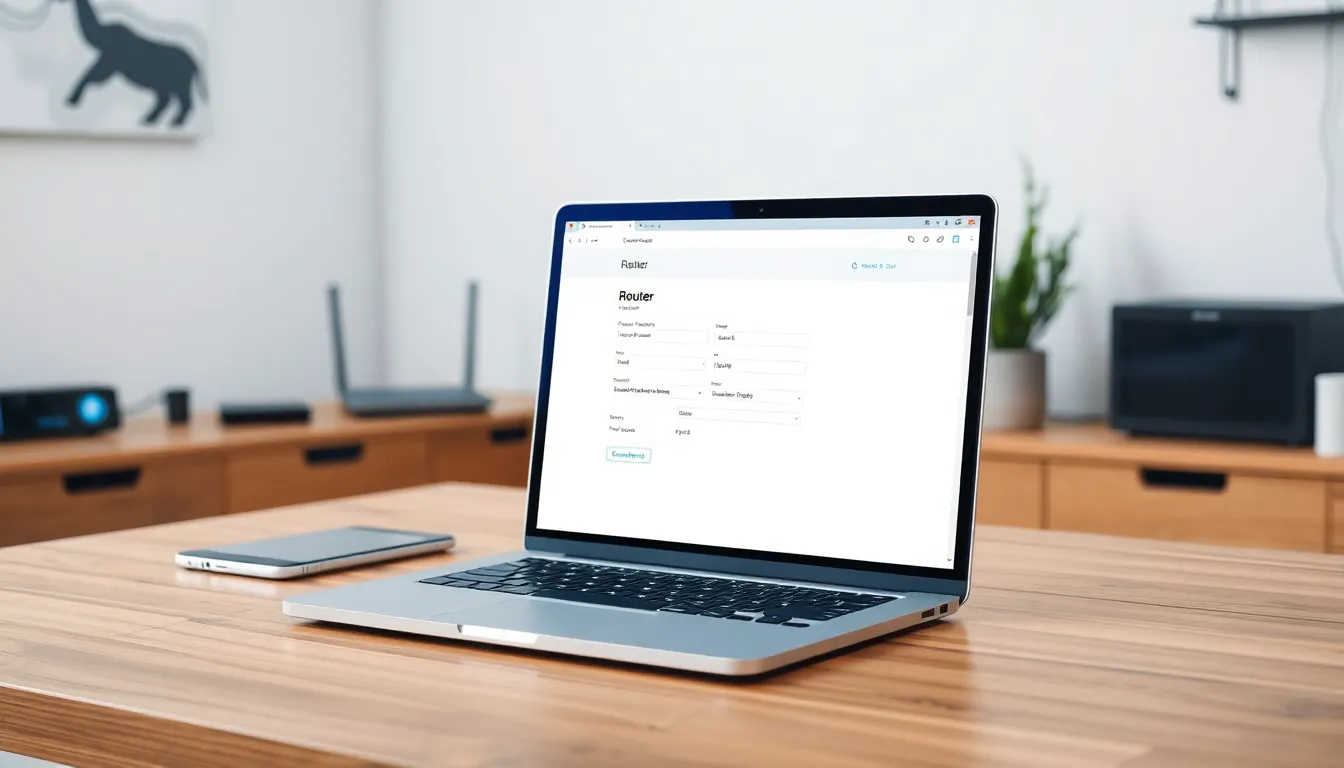Table of Contents
ToggleEver found yourself wondering what happens to those pesky blocked calls on your iPhone? You’re not alone! Many users grapple with the mystery of whether they can sneak a peek at those unwanted calls after hitting the block button. It’s like playing a game of phone hide-and-seek, and let’s face it, nobody likes to be left in the dark.
Imagine this: you’ve blocked that relentless telemarketer, but curiosity gets the better of you. Did they call? Did they leave a message? Or are they just sulking in silence? Unraveling the truth about blocked calls on your iPhone can save you from the suspense and keep your sanity intact. Dive in as we explore the ins and outs of blocked calls, and discover whether you can keep tabs on those sneaky numbers trying to slip past your defenses.
Overview of Blocked Calls on iPhone
Users on iPhones may wonder about the functionality of blocked calls. When a number gets blocked, calls and messages from that number won’t go through. This action helps maintain privacy and reduce unwanted communication.
It’s important to note that blocked calls don’t generate notifications. Consequently, users won’t see any missed calls or alerts for messages from these numbers. A blocked number simply can’t connect, which means no information on attempted contacts is provided.
Some may seek ways to monitor blocked calls. Unfortunately, Apple does not currently offer a built-in feature to view logs of calls from blocked numbers. Users can, however, manage their blocked contacts through the Phone or Contacts app, but this doesn’t indicate previous attempts.
For those needing reassurance about potential blocked contacts, checking call history is essential. Individuals might review their call logs regularly, but only calls from unblocked numbers will appear. Consult settings to maintain an updated list of blocked numbers.
Users interested in privacy features should know that Apple designed block functionality to prevent unwanted interactions. Understanding these limitations around blocked calls can enhance the user experience on the iPhone.
How to Block Calls on iPhone
Blocking calls on an iPhone is straightforward. These steps allow users to manage unwanted communications effectively.
Accessing Call Blocking Settings
To access call blocking settings, start by opening the Phone app. Tap on the “Contacts” tab at the bottom of the screen. Scrolling through the contact list reveals the option for “Blocked Contacts.” From there, users can see and manage all blocked numbers easily. This section provides a clear overview of blocked contacts, making it simple to add or remove numbers as needed. Furthermore, navigating to “Settings,” selecting “Phone,” and then tapping on “Silence Unknown Callers” also offers enhanced call management tools. This method helps filter calls from unrecognized numbers, reducing disturbances from telemarketers or spam calls.
Adding Contacts to Block List
Adding contacts to the block list requires a few steps. First, open the Phone app or the Contacts app. Users should look for the contact they wish to block and select it. Once the contact is open, tap on “Block this Caller.” A prompt will appear to confirm the action. Confirming this choice instantly blocks the contact from calling or texting. Additionally, when blocking numbers from recent calls, users can tap the “i” icon next to the number in the call log and choose “Block this Caller.” This process ensures unwanted numbers are effectively restricted without additional hassle.
Can You See Blocked Calls on iPhone?
Blocked calls on an iPhone don’t appear in call logs, leaving users uncertain about missed contacts. Understanding how call history interacts with blocked numbers clarifies this issue.
Understanding Call History
Call history only displays interactions from unblocked numbers. When a number gets blocked, it can’t initiate contact, meaning users won’t receive call notifications or messages. Privacy enhancements keep unwanted callers at bay, yet users miss the chance to view any attempts from these blocked contacts. Regularly checking call logs ensures users stay informed about communications, but the absence of blocked calls in this history can lead to confusion.
Reviewing Blocked Call Logs
While it seems beneficial to view blocked call logs, no feature currently allows this on iPhones. Users manage blocked numbers through the Phone or Contacts app, yet these lists don’t reflect any activity from blocked contacts. Losing sight of blocked interactions remains a part of using this privacy feature. Exploring the block settings provides insight into who is on the list, but no record of past attempts exists.
Best Practices for Managing Blocked Calls
To effectively manage blocked calls on an iPhone, users must regularly update their blocked list. Checking for any necessary adjustments ensures that unwanted numbers remain restricted. Utilize the Phone or Contacts app to easily edit blocked contacts. Adjusting the list helps maintain optimal privacy and reduces disturbances.
Assess the usage of the “Silence Unknown Callers” feature for additional peace. This option minimizes interruptions by filtering calls from unrecognized numbers. When activated, it’s easier to avoid unwanted calls while still receiving calls from known contacts.
Consider reviewing call history frequently despite the limitations with blocked numbers. Understanding that only unblocked numbers appear in call logs keeps expectations in check. Regular reviews allow users to track who has been in contact while ensuring significant numbers aren’t overlooked.
Stay informed about new iOS updates, as features might evolve. Apple regularly releases updates that could improve usability. Being aware of these changes potentially offers enhanced ways to manage blocked calls.
Communicate clear expectations with known contacts if blocking becomes necessary. Informing people you’ve blocked about the decision can prevent misunderstandings. This practice fosters transparency and maintains existing relationships.
Lastly, keep security in mind. Blocking numbers doesn’t eliminate all risks; therefore, remaining vigilant about suspicious calls holds importance. Users can report persistent spam numbers to carriers for added protection and increased accountability.
Understanding the limitations of blocked calls on an iPhone can help users navigate their communication preferences more effectively. While blocking numbers enhances privacy by preventing unwanted calls and messages, it also creates a lack of visibility regarding any attempts from those blocked contacts. Users won’t receive notifications or see missed calls from these numbers, which can lead to uncertainty.
To manage blocked contacts effectively, it’s crucial to regularly update the block list and utilize features like “Silence Unknown Callers.” By staying informed about iOS updates and maintaining open communication with known contacts, users can enjoy a more streamlined and secure calling experience.





